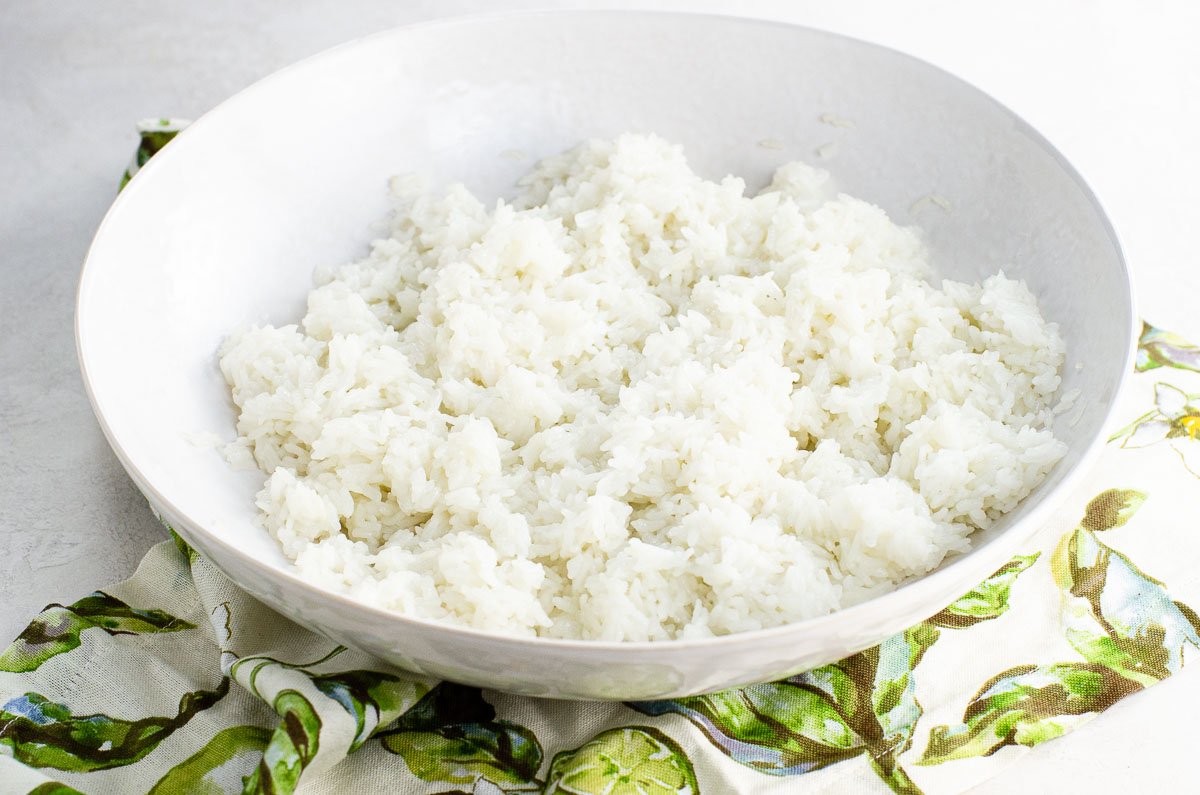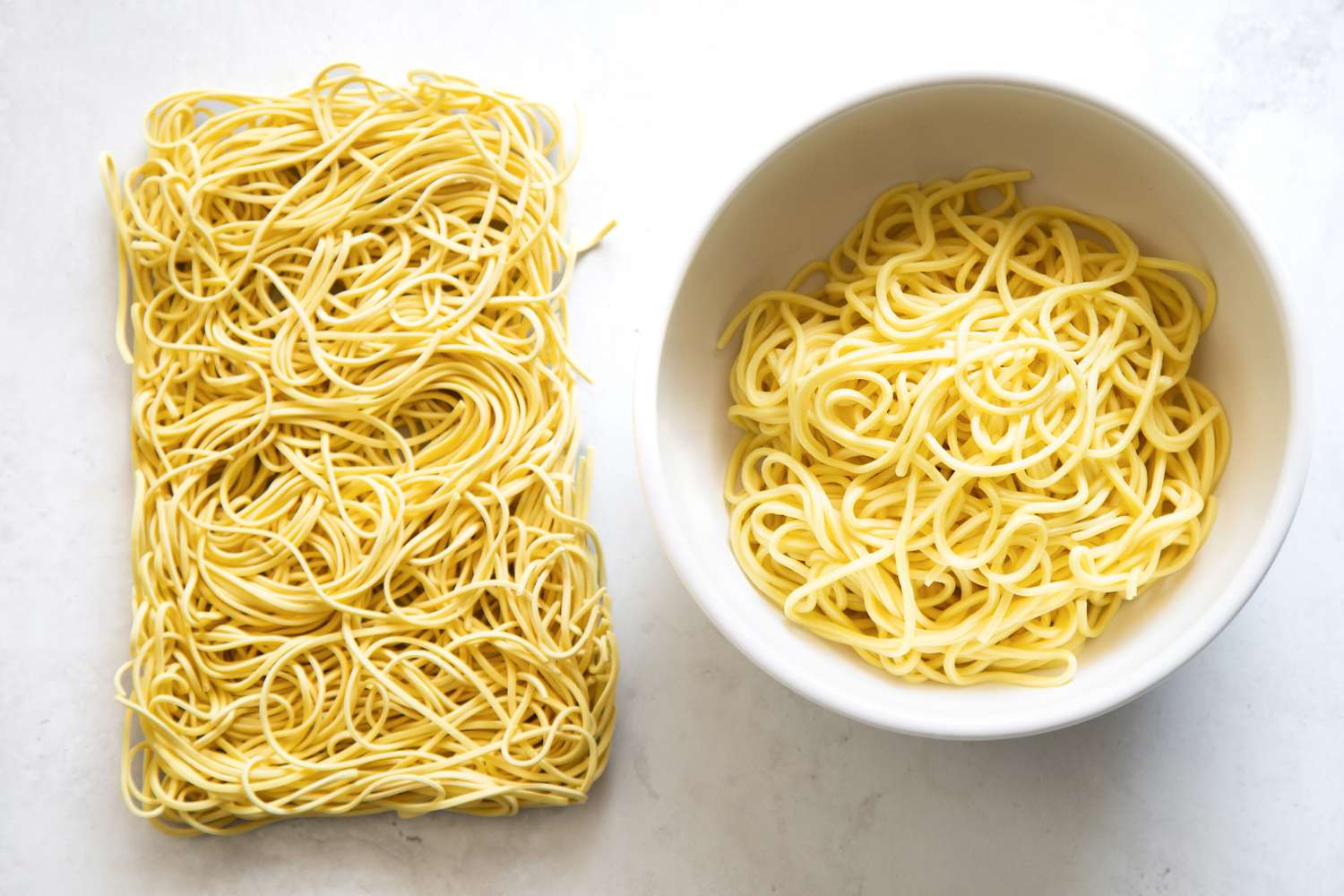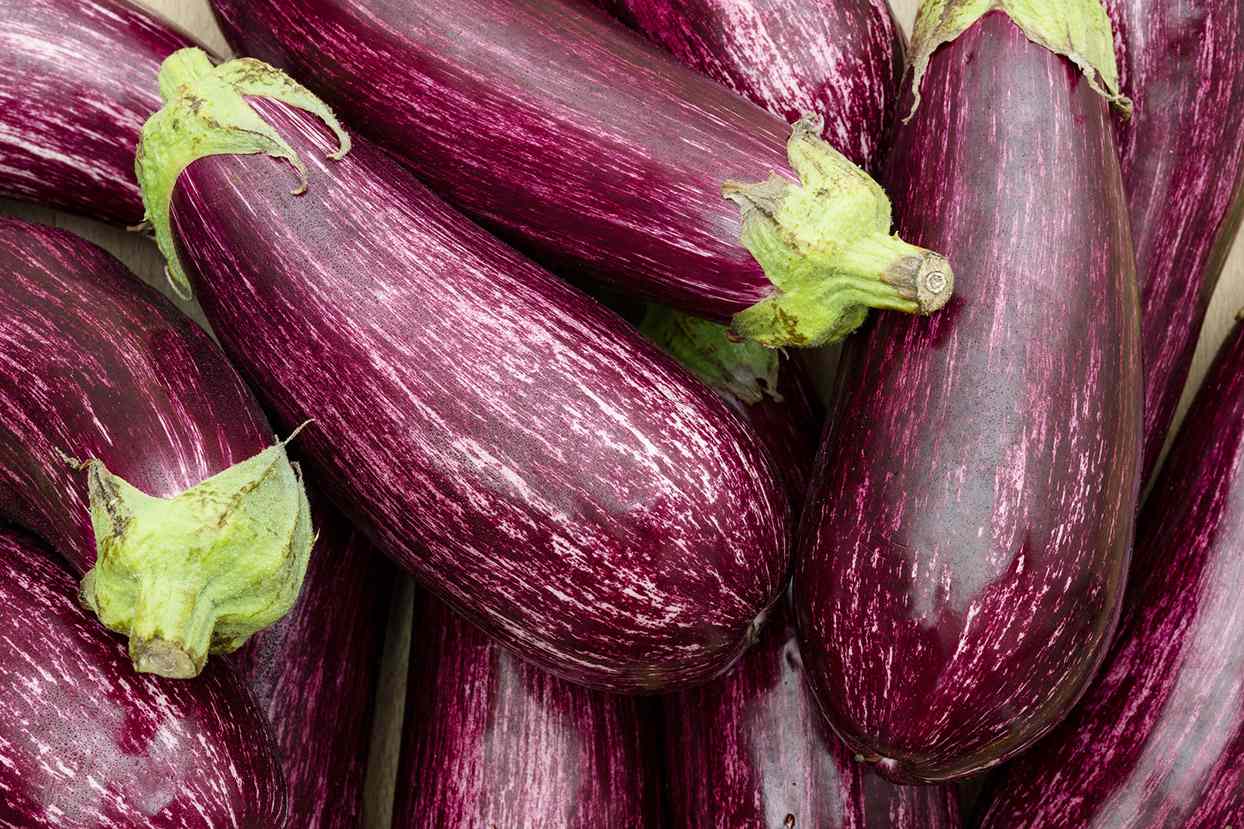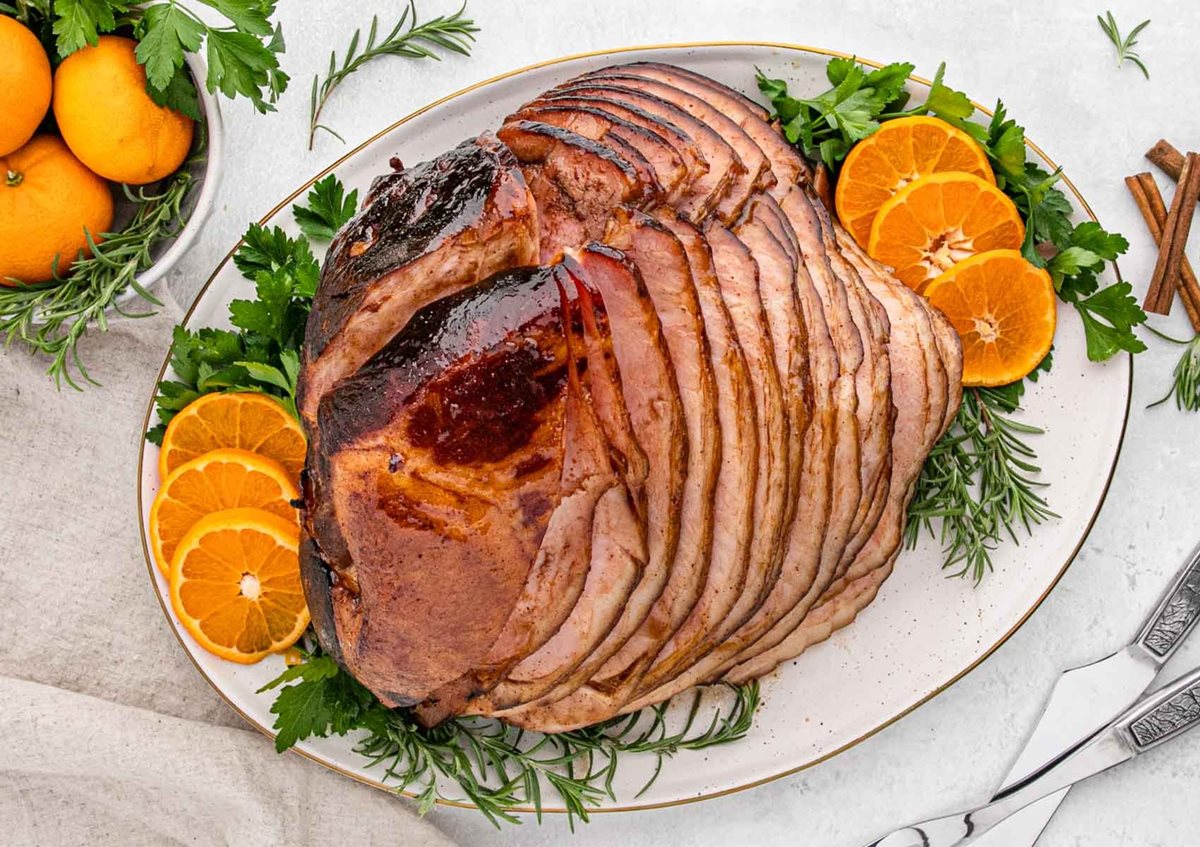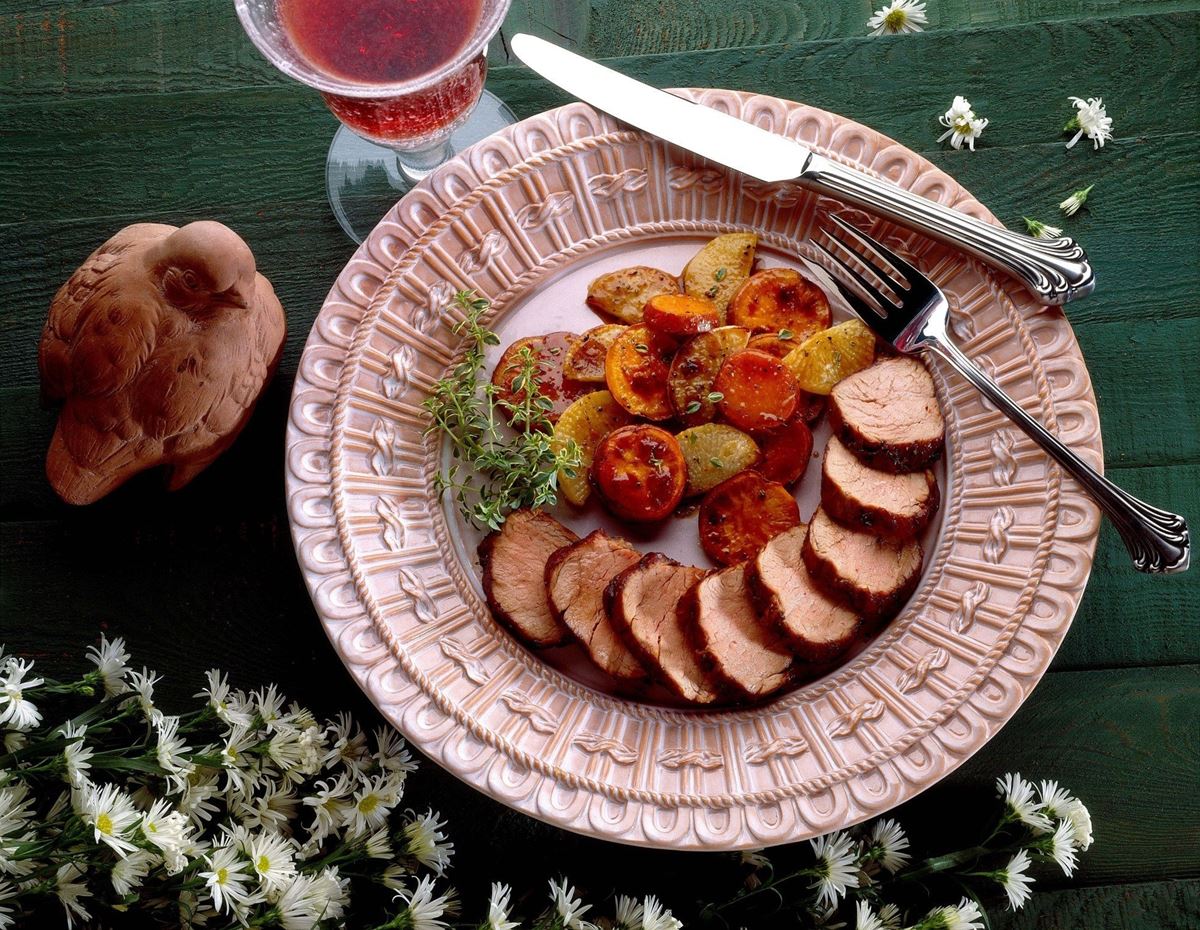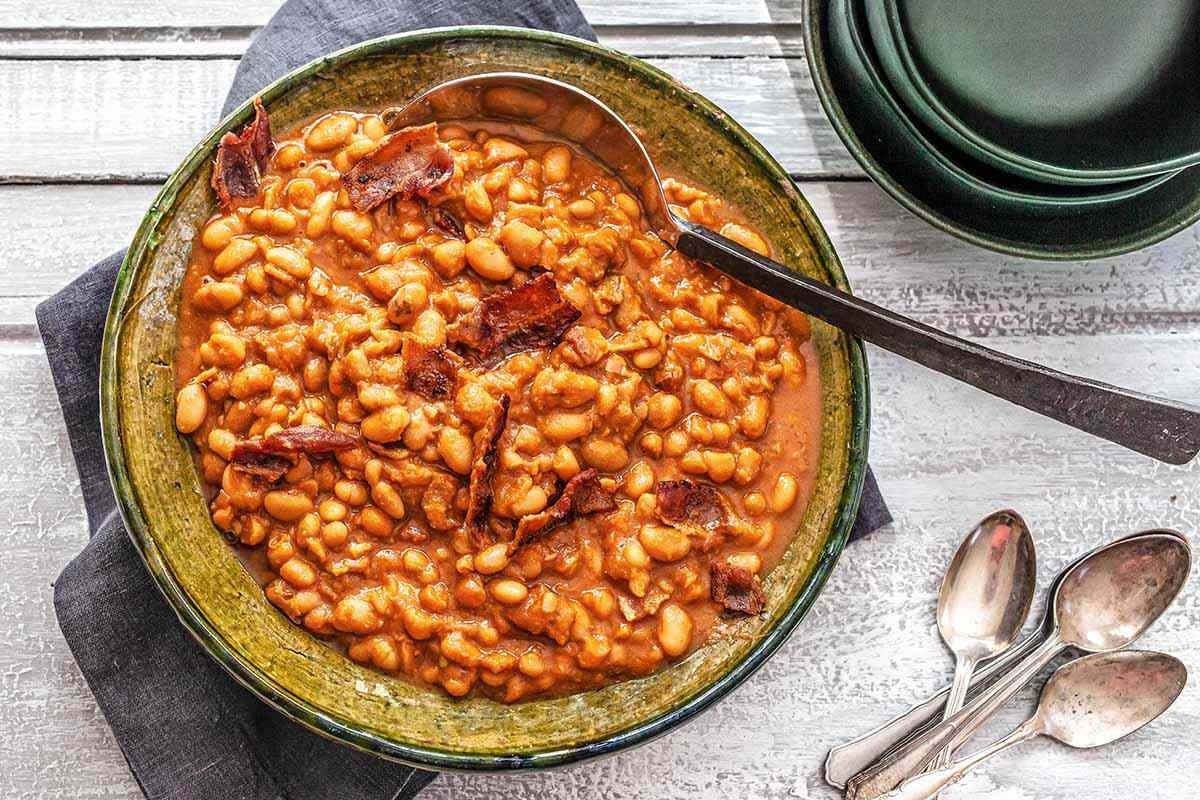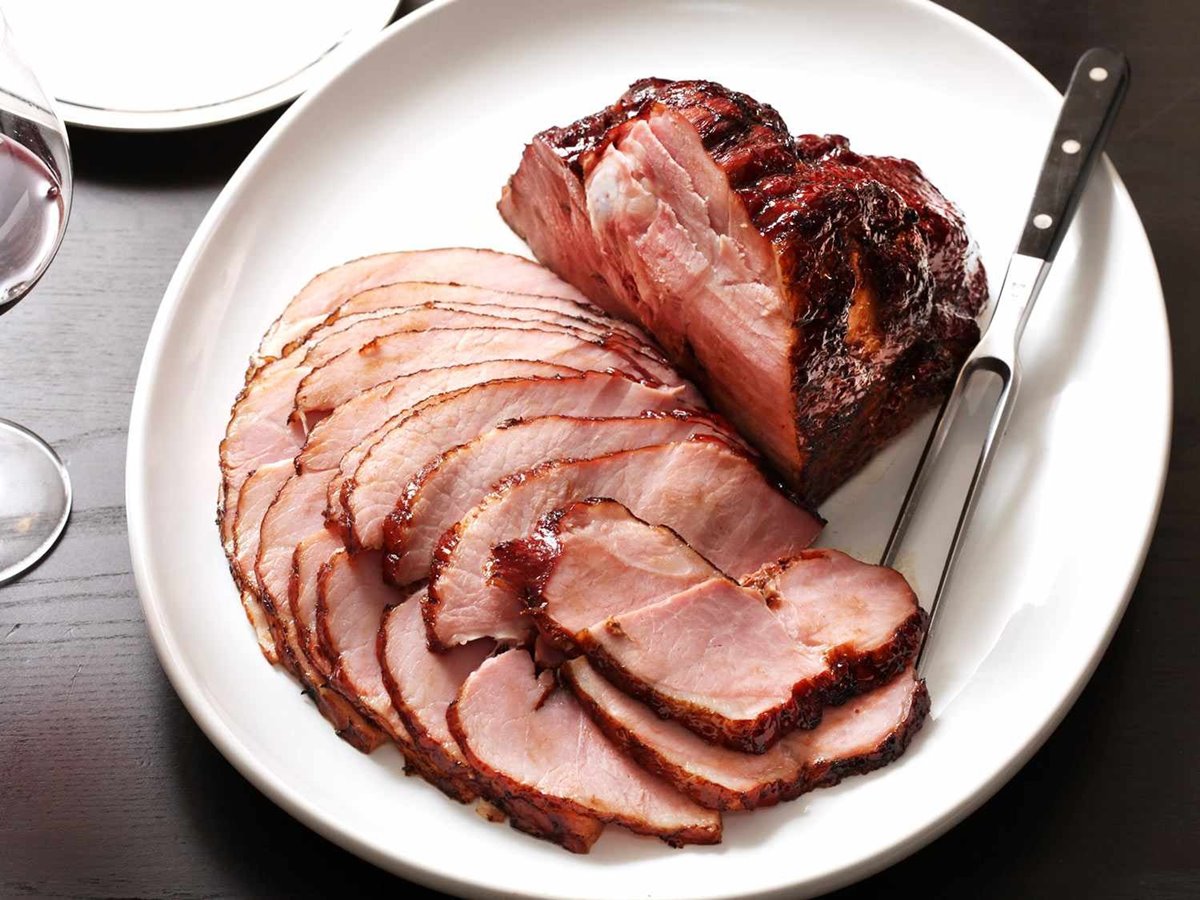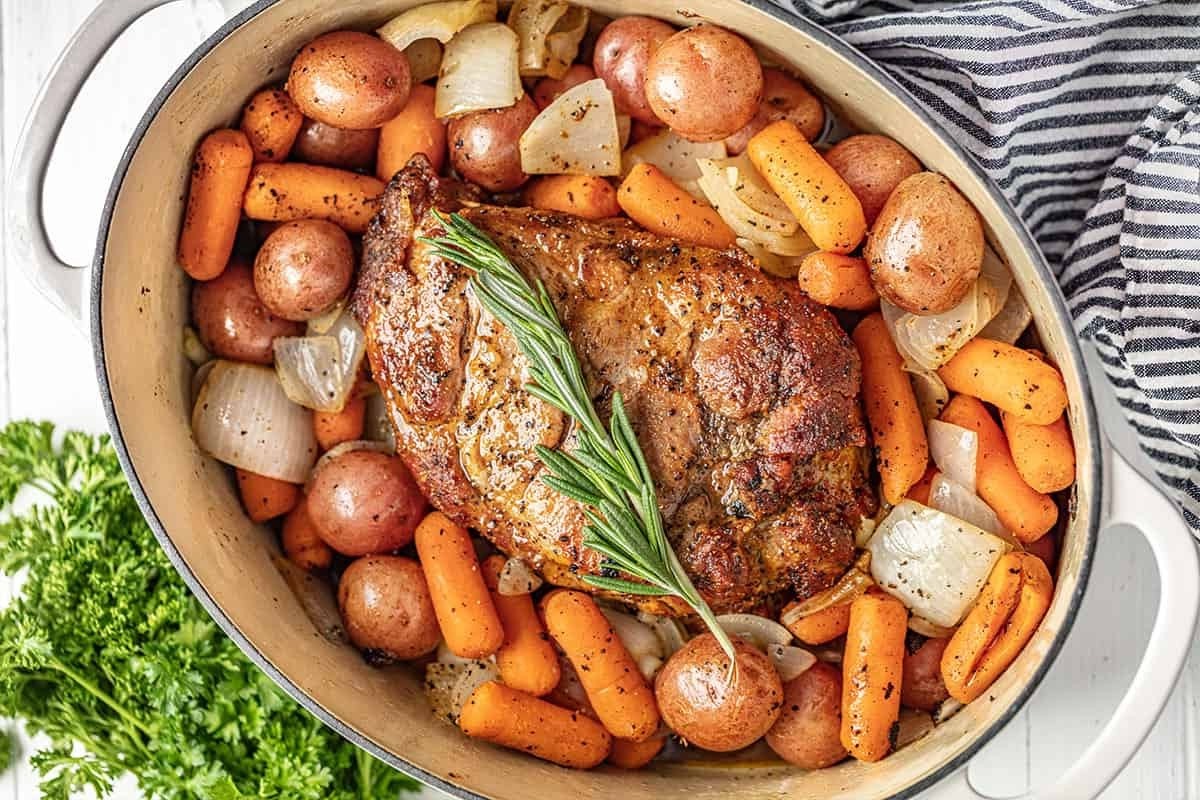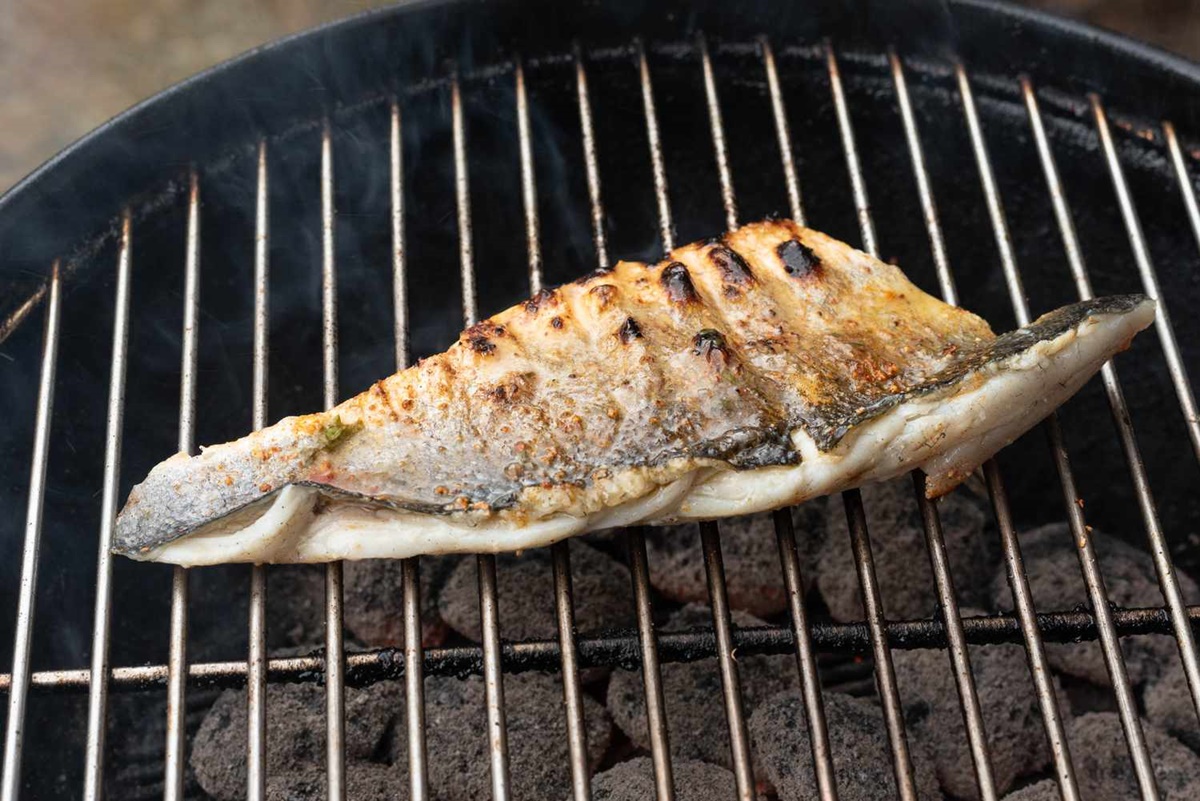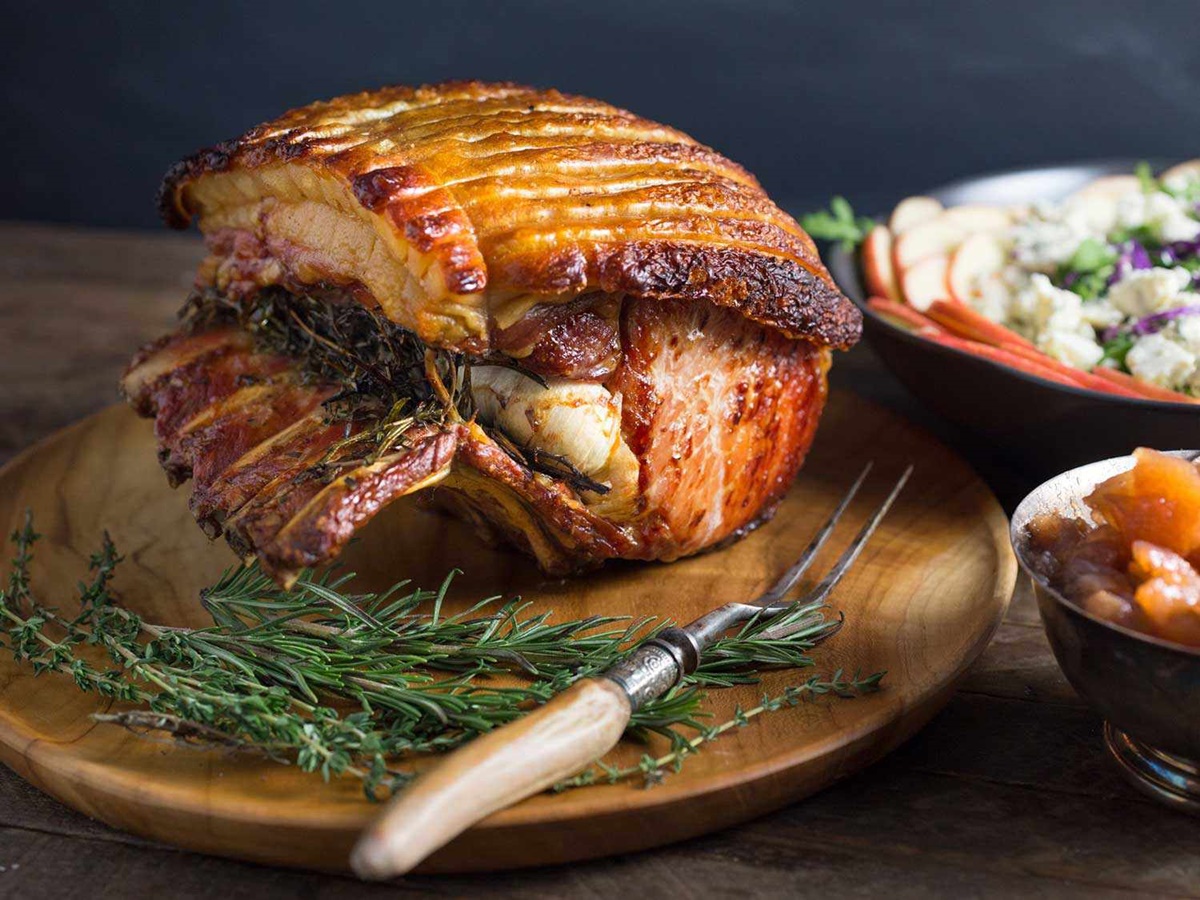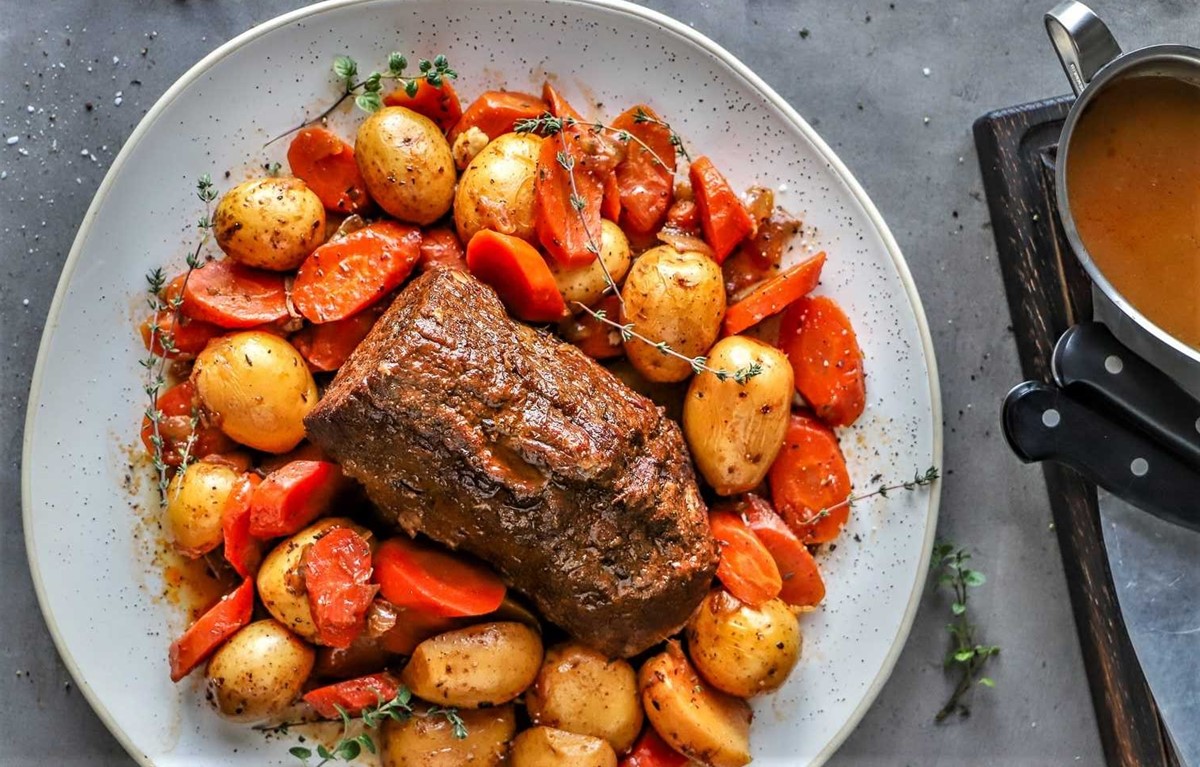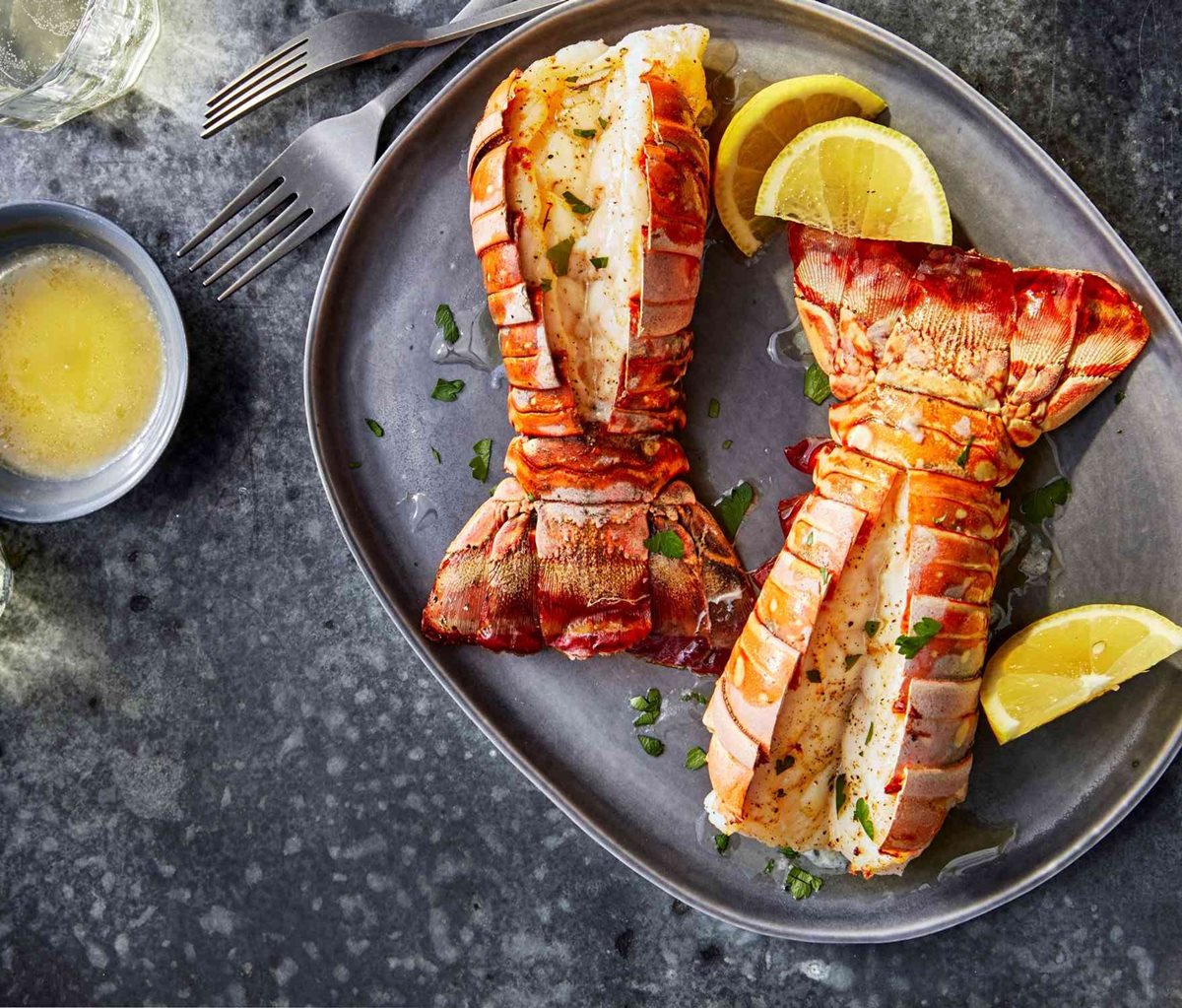Mastering the Art of Cooking Perfect Pork for Tamales
When it comes to making delicious tamales, the key ingredient that takes them to the next level is tender, flavorful pork. Whether you’re a seasoned cook or venturing into the world of tamale making for the first time, learning how to cook pork for tamales is an essential skill that will elevate your culinary game. So, roll up your sleeves and let’s dive into the art of preparing mouthwatering pork for tamales!
Choosing the Right Cut of Pork
Before you start cooking, it’s important to select the right cut of pork for your tamales. Here are a few popular options:
- Pork Shoulder/Boston Butt: This cut is known for its richness and tenderness, making it a favorite for tamales.
- Pork Loin: If you prefer leaner meat, pork loin is an excellent choice. It’s still juicy and full of flavor.
- Pork Rib Meat: For those who enjoy a slightly fattier cut, pork rib meat adds extra succulence to your tamales.
Whichever cut you choose, make sure it has a good balance of fat and meat for optimum flavor and texture.
Prepping the Pork
Now that you have your pork cut selected, it’s time to prepare it for cooking. Follow these steps:
- Trim excess fat: While some fat adds flavor, remove any excessive layers to avoid making your tamales excessively greasy.
- Season to taste: Rub your pork with a combination of spices like cumin, paprika, chili powder, garlic powder, salt, and pepper. Don’t be afraid to experiment with flavors!
- Marinate for extra flavor: For an extra boost of taste, marinate the pork for a few hours or overnight. You can use a mixture of citrus juices, herbs, and spices.
These steps will ensure that your pork is flavorful from the inside out, enhancing the overall taste of your tamales.
Cooking Methods for Pork
There are various ways to cook pork for tamales, depending on your preference and available cooking equipment:
- Slow cooking: This method involves braising the pork in a slow cooker or Dutch oven. It allows the meat to become tender and develop rich flavors over an extended period.
- Pressure cooking: Using a pressure cooker reduces cooking time while still tenderizing the meat. It’s an excellent option if you’re short on time.
- Oven roasting: Roasting the pork in the oven gives it a beautifully caramelized exterior while keeping it moist and juicy inside.
Each method has its own unique benefits, so choose the one that suits your needs best.
Don’t Forget the Broth
While cooking the pork, it’s a great opportunity to make a flavorful broth. This broth can later be used when preparing the masa dough or as a tasty addition to the tamales themselves. Simply add onions, garlic, bay leaves, and other aromatics to the cooking liquid, allowing the flavors to infuse into the broth.
Shredding and Assembling
Once the pork is cooked to perfection, let it cool slightly before shredding it with two forks or your hands. Remove any excess fat or gristle while shredding, ensuring your tamales are tender and enjoyable.
Finally, assemble your tamales by spreading a thin layer of masa dough on a corn husk, adding a spoonful of the shredded pork, and rolling it tightly. You can then steam or bake the tamales to achieve their signature moist and delicious texture.
There you have it! With these tips and techniques, you’ll have the knowledge and confidence to cook pork for tamales like a pro. So, gather your ingredients, get creative with flavors, and enjoy the satisfaction of making mouthwatering tamales to share with family and friends.
For those eager to master the art of cooking pork for tamales, there are several recipes worth exploring. The Traditional Pork Tamales Recipe is a great starting point, offering a classic taste that never disappoints. For a twist, the Sweet and Spicy Pineapple Pork Tamales Recipe combines savory and sweet flavors, creating a delightful balance. The Pork and Roasted Poblano Tamales Recipe adds a smoky kick, perfect for those who love a bit of heat. Lastly, the Pork and Tomatillo Salsa Tamales Recipe introduces a tangy element that pairs beautifully with the rich pork. These recipes not only showcase diverse flavors but also allow home cooks to apply their skills in various ways, making the cooking process both enjoyable and rewarding.
Was this page helpful?
Read Next: How To Cook Oven Ready Lasagna Noodles
